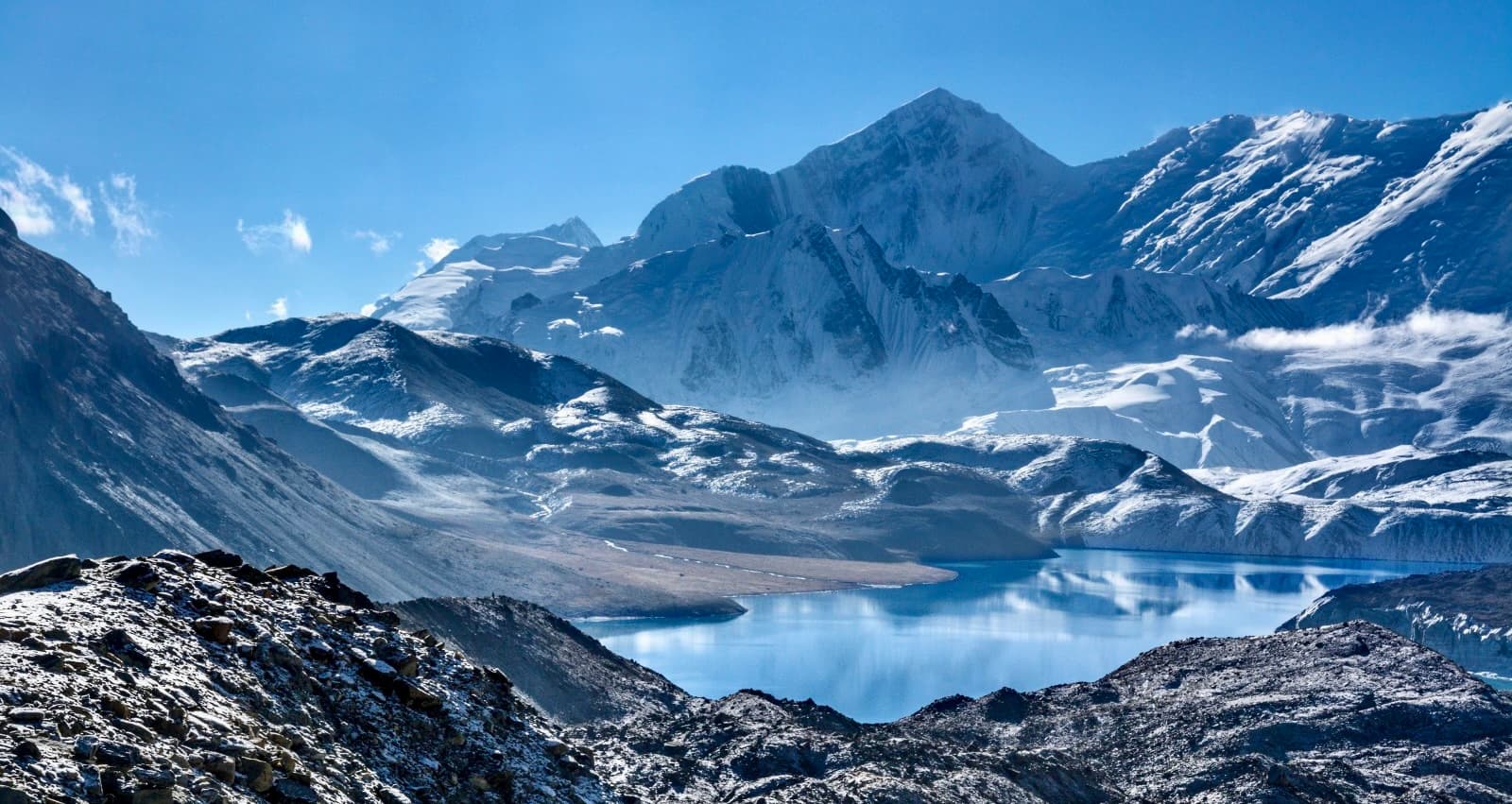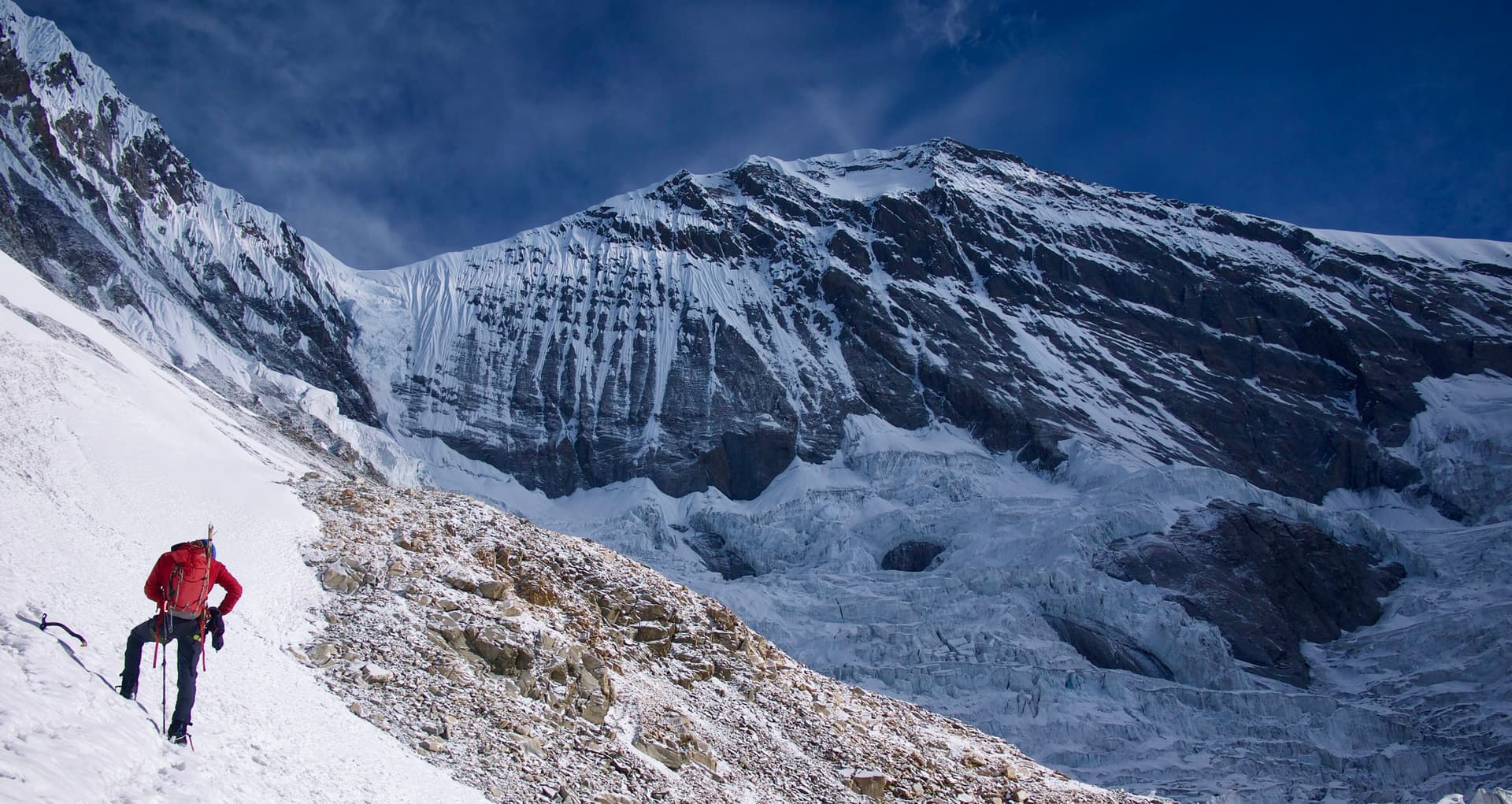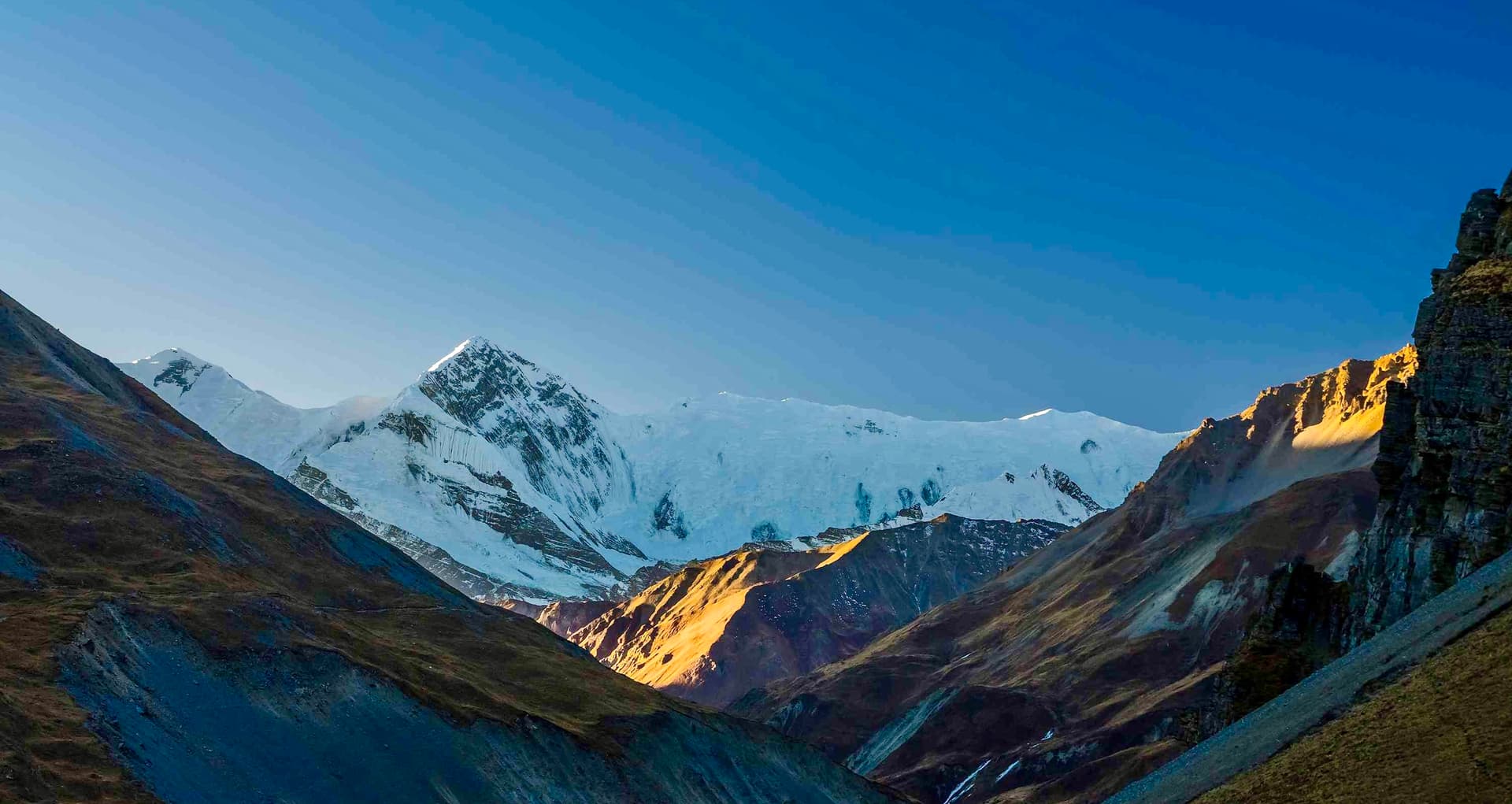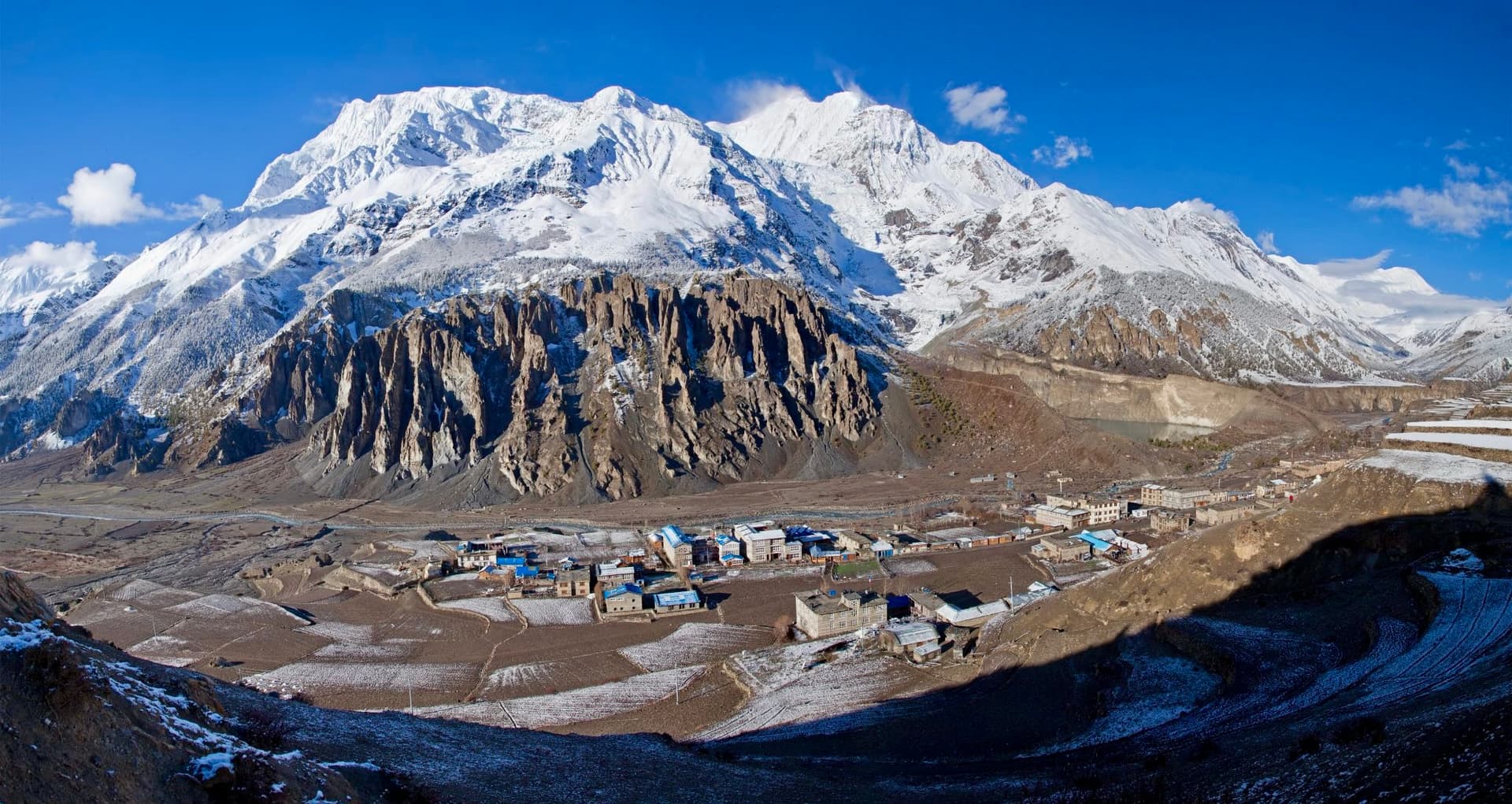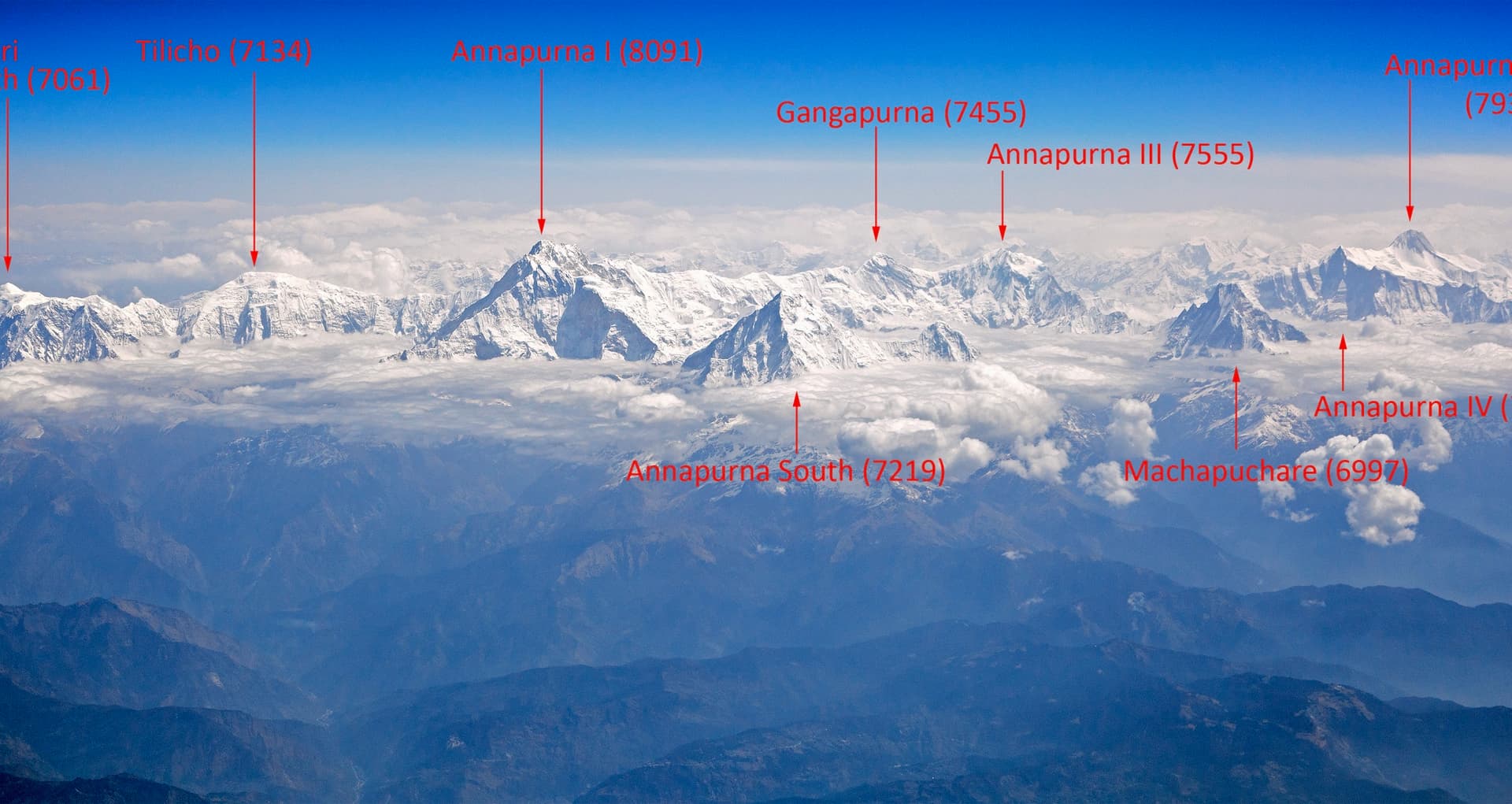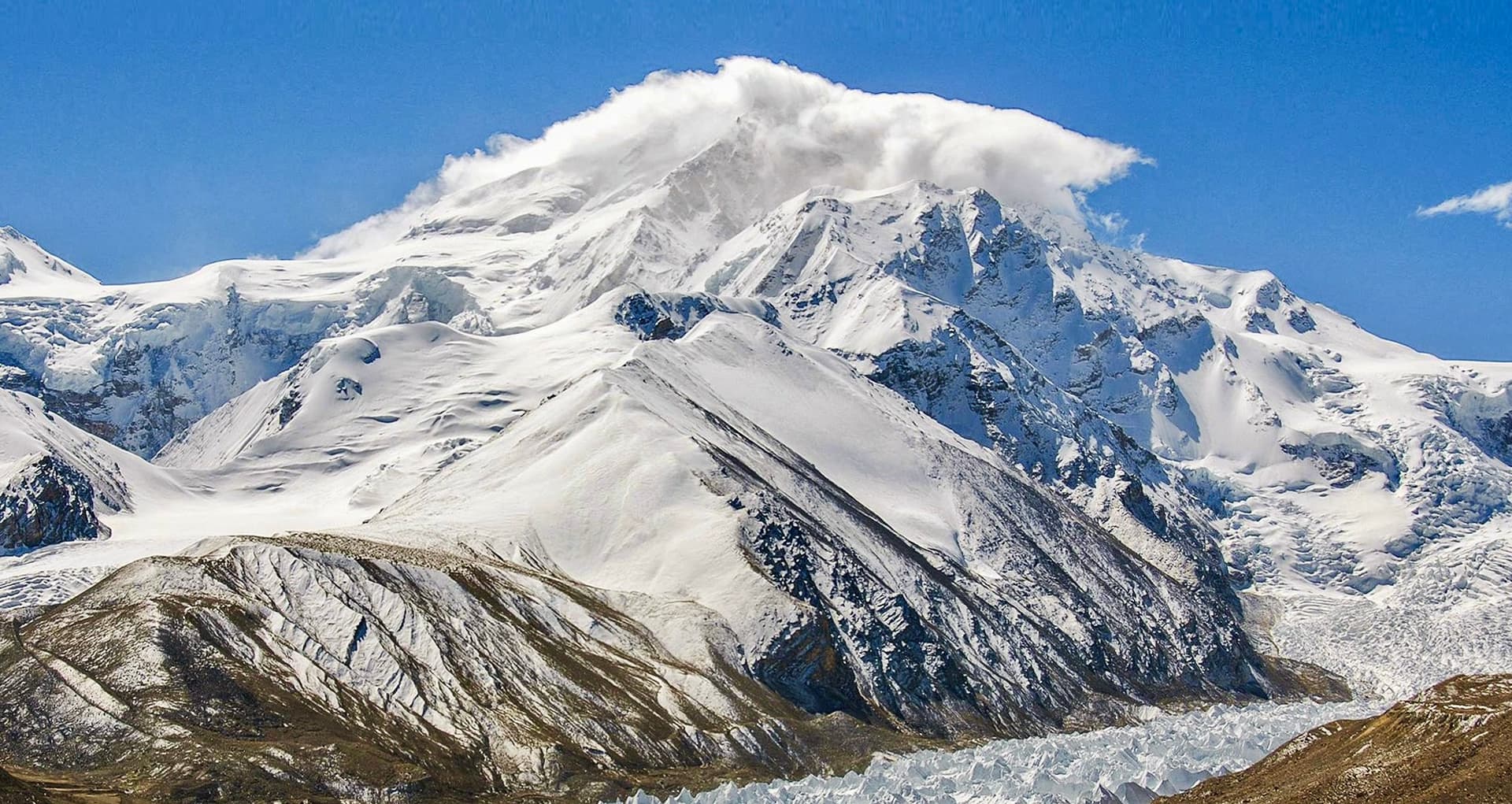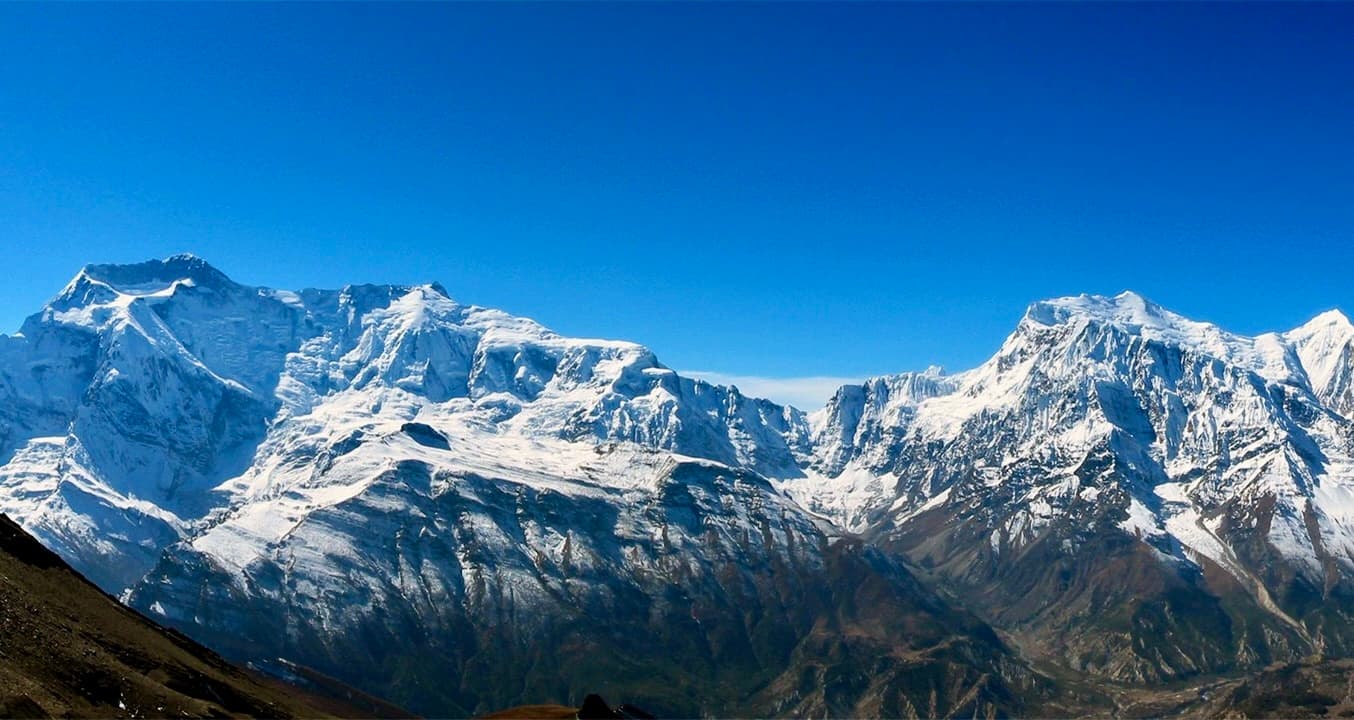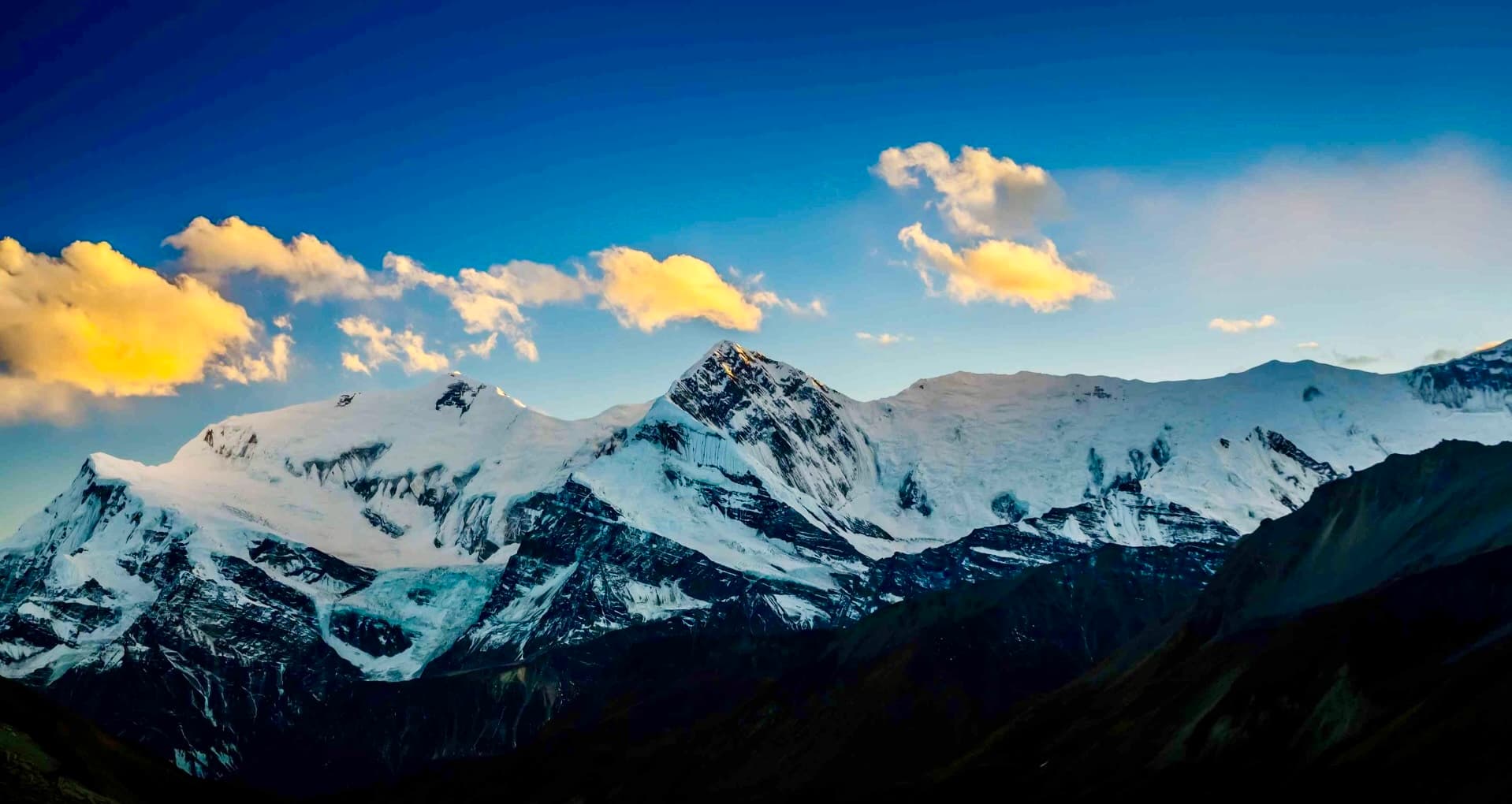The Gangapurna Expedition is an exhilarating 35-day journey to one of the most iconic peaks in Nepal's Annapurna region. Standing at an elevation of 7,455 meters, Gangapurna is a dream destination for experienced climbers seeking a perfect blend of technical challenges and breathtaking Himalayan vistas. The expedition begins with a cultural immersion in Kathmandu, followed by a scenic drive to Besishahar and Chame, where your trekking adventure unfolds. The route takes you through picturesque villages like Pisang and Manang, offering a glimpse into the region's rich culture and natural beauty, as you gradually acclimatize for the climb. The highlight of the journey is the summit push, where under the guidance of seasoned Sherpas, you’ll conquer steep ridges, icy slopes, and technical terrain to reach the summit, rewarded with panoramic views of Annapurna, Manaslu, and beyond.
Organized by Luxury Holidays Nepal, this expedition ensures every detail is carefully planned for your safety, comfort, and success. With high-quality camping equipment, nutritious meals, experienced climbing guides, and comprehensive logistical support, you’ll have all the resources needed for a successful ascent. Along the way, you'll experience the best of Nepalese hospitality, from traditional villages to luxurious accommodations in Kathmandu and Pokhara. Whether you're a seasoned mountaineer or an ambitious climber seeking your next big challenge, the Gangapurna Expedition promises an unforgettable adventure, combining cultural exploration, technical climbing, and the thrill of conquering one of Nepal's most spectacular peaks.
Major Highlights: Gangapurna Expedition (7,455 m)
- Stunning Himalayan Panorama: Witness breathtaking views of Annapurna, Manaslu, Dhaulagiri, and other majestic peaks throughout the journey.
- Challenging Summit Climb: Conquer the iconic Gangapurna Peak (7,455 m) with technical climbing sections that challenge and reward experienced mountaineers.
- Cultural Immersion: Explore traditional villages like Pisang and Manang, experiencing the unique culture and lifestyle of the Himalayan people.
- Scenic Trekking Route: Trek through lush valleys, alpine meadows, and serene landscapes, including the stunning Thorong La Pass (5,416 m).
- World-Class Logistics: Benefit from expert-guided support, high-altitude equipment, comfortable base camp setups, and detailed safety measures.
- Acclimatization Opportunities: Enjoy well-planned acclimatization days in Manang and base camp, ensuring a safer ascent.
- Comprehensive Expedition Support: Includes permits, experienced Sherpas, porters, private transport, and high-quality camping gear for a hassle-free adventure.
- Flexible Accommodation Options: Choose from Standard, Deluxe, Luxury, or Premium hotel options in Kathmandu and Pokhara for a personalized experience.
- Unparalleled Views from the Summit: Revel in the awe-inspiring 360-degree view of Nepal’s towering peaks from the summit of Gangapurna.
- Adventure with Luxury Holidays Nepal: Experience impeccable service, expert guidance, and attention to detail, making this expedition unforgettable.
Route Overview
The Gangapurna Expedition begins in Kathmandu, where climbers prepare for their journey with gear checks and a pre-trip briefing. From Kathmandu, a scenic drive takes you to Besishahar and onward to Chame, the starting point of the trek. The trail winds through lush valleys, pine forests, and picturesque villages such as Pisang and Manang, providing an immersive cultural experience and stunning views of the Annapurna and Manaslu ranges. After acclimatization in Manang, the trek continues to Gangapurna Base Camp (4,600m), where climbers spend several days preparing and adjusting to the altitude before the ascent.
The climb from base camp to the Gangapurna Summit (7,455m) involves navigating steep ridges, icy slopes, and technical sections, all under the guidance of experienced Sherpas. The expedition includes the establishment of high camps and well-planned acclimatization to ensure climbers' safety and success. After summiting Gangapurna, the descent retraces the trail through Manang, Thorong Phedi, and Muktinath before reaching Jomsom. A short flight to Pokhara offers a relaxing conclusion to the trek, followed by a return to Kathmandu, where the adventure ends with a farewell celebration. This route not only challenges mountaineers but also showcases the pristine beauty and cultural richness of the Annapurna region.
If you need any further information, please contact us by email: [email protected], Phone: +977- 985 100 5129 (WhatsApp)

